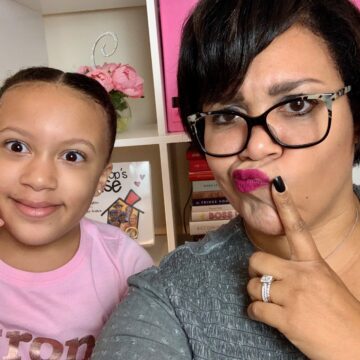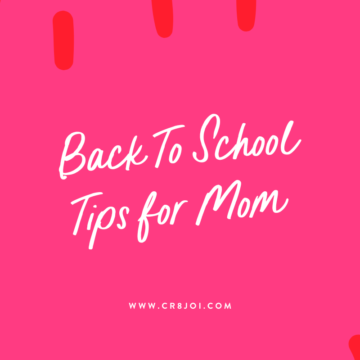Tag you’re it!
It’s officially Summer.
The kids are out of school. It’s time to have some fun, FUN! But the children still need a little something academic to not to fall completely apart over the summer. The “Summer Slide” is real. Summer slide when a child completely forgets a good chunk of what they learned the previous year and lose 3-6 months of learning.
Nobody wants that! We are still trying to get a handle on what was or wasn’t learned during the Big P.
How do you implement summer learning at home without pulling teeth?
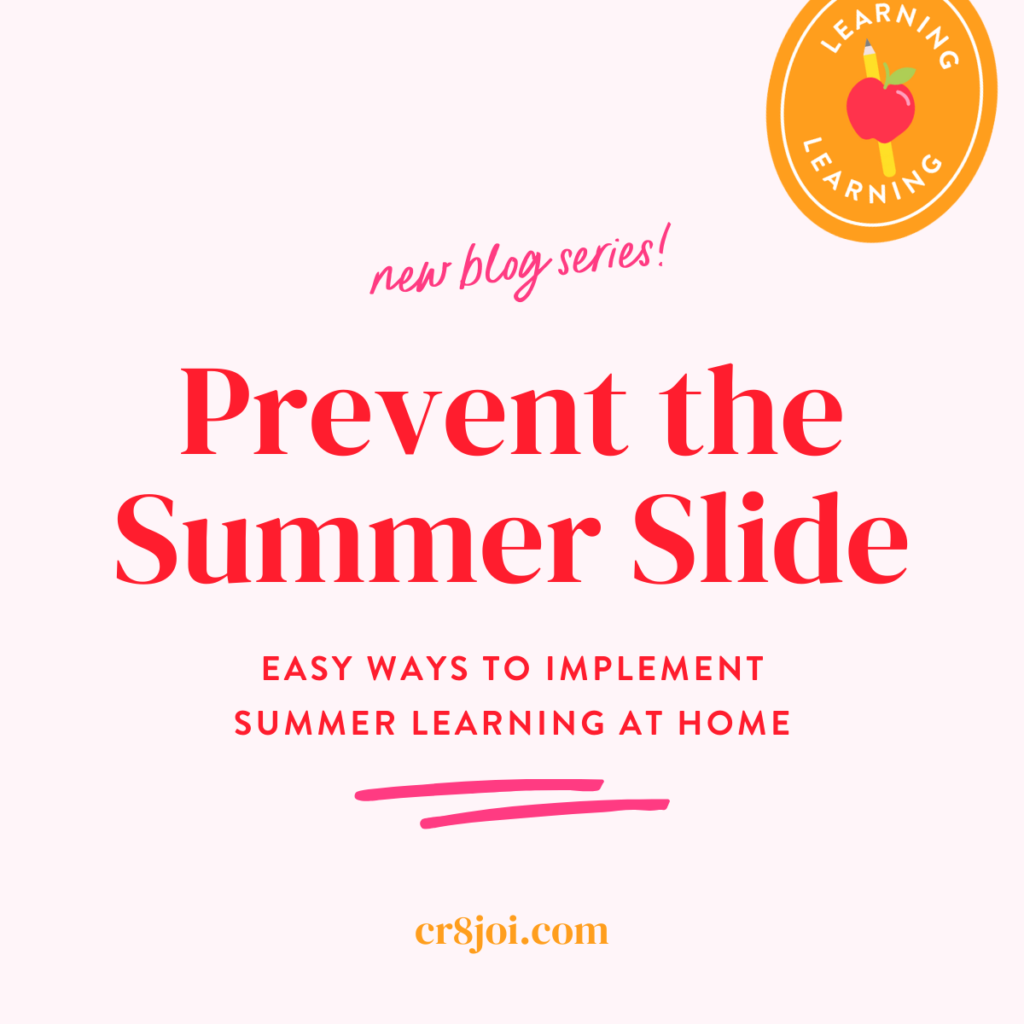
In this series, I’m sharing 8 easy ways to set the stage for summer learning at home. These tips are sure to keep summer learning loss at bay!
I’m actually using my first tip for this series. We are going to keep it short + consistent.
ONE tip to focus on a week. Totally doable, right? C’mon Mommy! Let’s goooo!
Keep It Short + Consistent
There’s no easy way to say this but some of yawl go too far when you push too hard. You suck the joy right out of learning.
Eyes roll.
They don’t want to do it.
There is an excessive amount of fake yawning.
The child suddenly cannot write neat.
The pencil breaks repeatedly in the shortest amount of time.
There may even be tears.
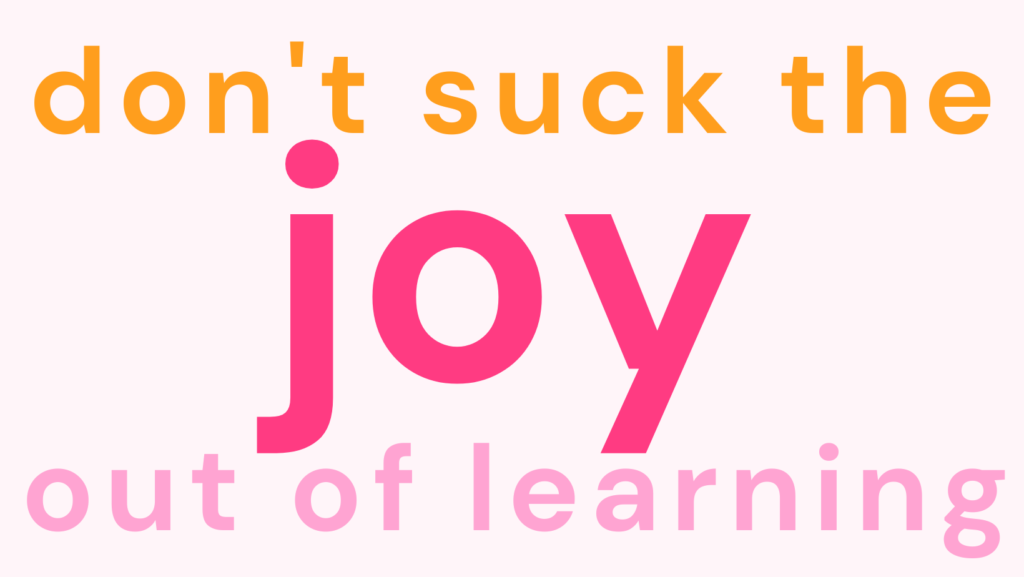
If you recognize any of these behaviors, repeat after me. . .
I must keep it short + consistent.
How to Keep it Short + Consistent
You already know how to do this but you are probably making it too hard. Here are a few examples of how you can easily keep summer learning short + consistent.
Writing
If your child needs more writing practice have them write in a fresh journal on topics that interest them for 15 minutes a day.
That’s it.
Don’t badger them to death about the spelling or nitpick grammar and punctuation.
Just let them write.
It can be real or fiction. They can write a story that continues on or just talk about their feelings or the day.
When the writing time is up, listen to their ideas and praise their effort (if they gave one). You can even write them back in the margins. Keep it all positive.
Note ONE area they really need to work on to yourself. Maybe it’s spelling certain words correctly. Or, perhaps it’s using quotation marks or commas correctly.
The next 15 minute block of time you can use the sandwich technique. The one correctable thing sandwiched between two positives. No real writing this day. You might just have them make bunny ears in the air where the quotation marks should go. Focus on that one thing. Watch a video about it. Practice a few examples. That’s it.
The next time, they write again.
*If you have littles and bigs. The littles can draw pictures, trace letters or words during writing time.
Summer Packet
Maybe there’s a big ol’ summer work packet? Give it 15-20 minutes. Tack on 5-10 minutes if they have questions. That’s it. Then stop. Don’t keep pushing. And whatever you do, don’t forget the chunky packet about until school is about to start. That’s just brutal.
Basic Math Facts Practice
If your child is sketchy on their Math facts, please don’t wait until August to pull out the flashcards. You can use a regular deck of cards like the game of war to add, subtract, multiply, divide, all the math operations. Play right before or after a meal. It doesn’t have to be a big production. Just keep it consistent a few times 3-4 times a week.
If the child needs mega-math facts practice set aside 10 minutes a day, Monday-Friday. Use flashcards, make up raps and chants, learn a YouTube song. Focus the practice to one to two main facts to master a day. Over saturate any questions around that those facts.
Praise. Practice. Repeat.
Reading
There’s a summer reading book list? Take 15 minutes to earmark digestible reading sections with your child. Flag the amount of pages to be read by when with post-it notes. The next session, the reading will begin.
For younger children you may rotate high-interest leveled books in a bin. Allow a 15-20 minutes daily for reading time.
No school required reading? As a general rule, tell the librarian and he/she will point you in the right direction for that age level. Let your child pick out books that interest her from there.
If you child is reading below grade level, summer is a great time to catch up. A lot of reading gaps are solved just reading the right level consistently. The child will improve with practice, not punishment.
Just keep it short + consistent. These small mini- lessons will go way farther than saying “I want you to read 50 thousand pages before you can do XYZ.”
Being consistent is how we will help prevent the summer slide Mommy. A little here and there is going to go farther than you think. That little bit will stick! Doing a little something is way better than doing nothing at all.
Keeping is short is how you get them to do the work without all the drama. Set the oven timer or pick up a kitchen timer from the dollar store. There are also some cute and colorful sand timers on Amazon.
Make the timer the start and stop bad guy, not you.
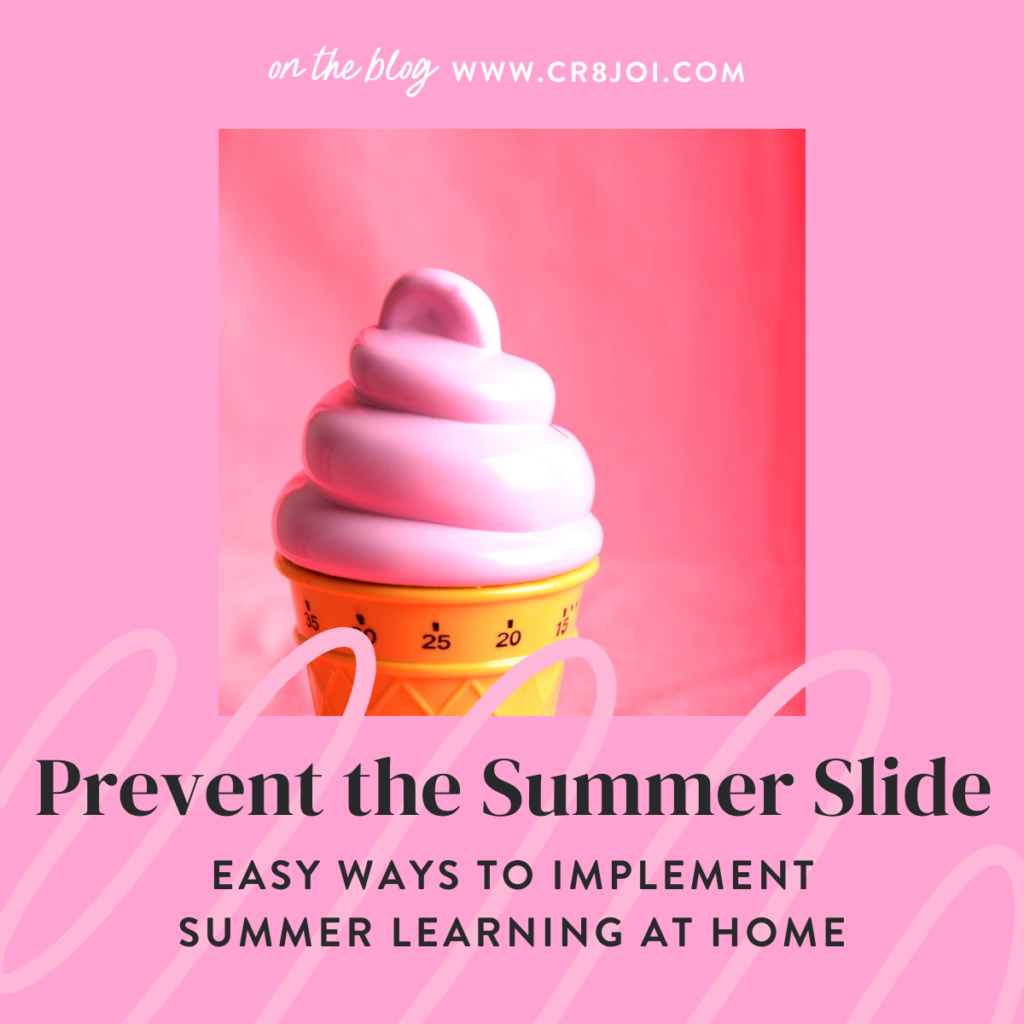
Planning for Summer Learning
When?
Pick the time and days for learning time. The amount of time allotted will vary on the age of the child, his/her learning needs, and required summer learning lessons from school. Do your best to help the child chunk it down into the smallest digestible pieces.
Short + sweet is always the goal.
Do the work at the best time of day for your family. You know your children. What’s their best time of day? Work with them, not against them.
What is YOUR best time of day to THINK? That’s the time you will plot and plan out the children’s summer learning.
What?
Put all of the learning materials in a bin or in a designated space. Hunting down the learning materials will only suck the life juice out of everyone.
If you haven’t emptied the back packs or printed the summer learning packets, it’s time.
Don’t make it a big deal. Just do it tomorrow right after coffee. If you already did it, LOOK at what was sent home tomorrow after coffee.
If the school hasn’t provided any materials, you can use last year’s workbooks and old tests as review. Grab a Summer Bridge book. The dollar store has great skill workbooks for elementary aged student skills. Use things you already have. Google is free.
(I will share my favorite places to find materials during this series.)
This week, what is the one thing you can keep short + consistent? Take 5 minutes to write down one thing per child that you will focus on. Write it all down in your planner or on your to do list. Get her done!
You got this Mommy!
I’ll see you back here on the blog next #tiptuesday where I will share how making learning REAL can help to prevent the Summer Slide!
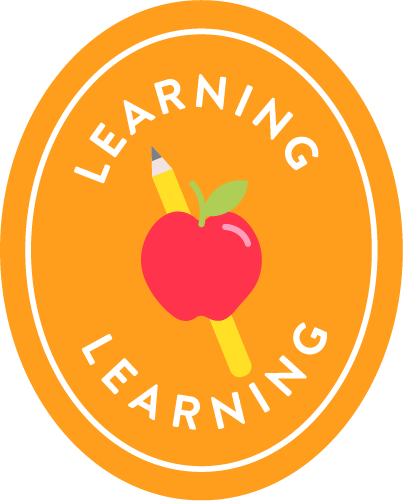
Still stuck on what to do? I can help. I’m your Mommy Teacher Expert. Fifteen years in the classroom, countless summers tutoring, that fancy degree- I will create a custom learning plan and tell you exactly what resources to use AND it will be FUN, fun. Just email me eboni@cr8joi.com and write “HELP” in the subject line.






